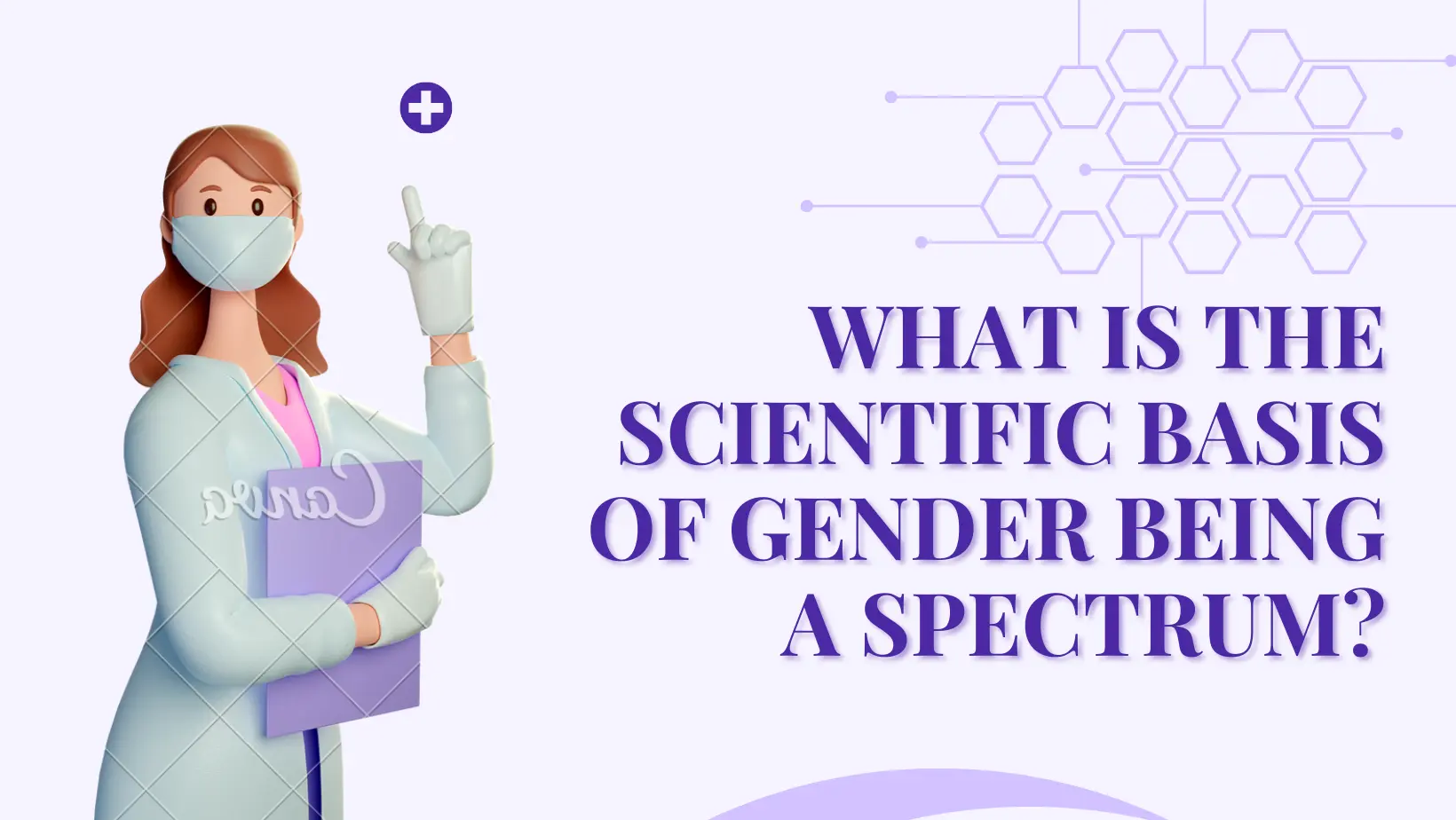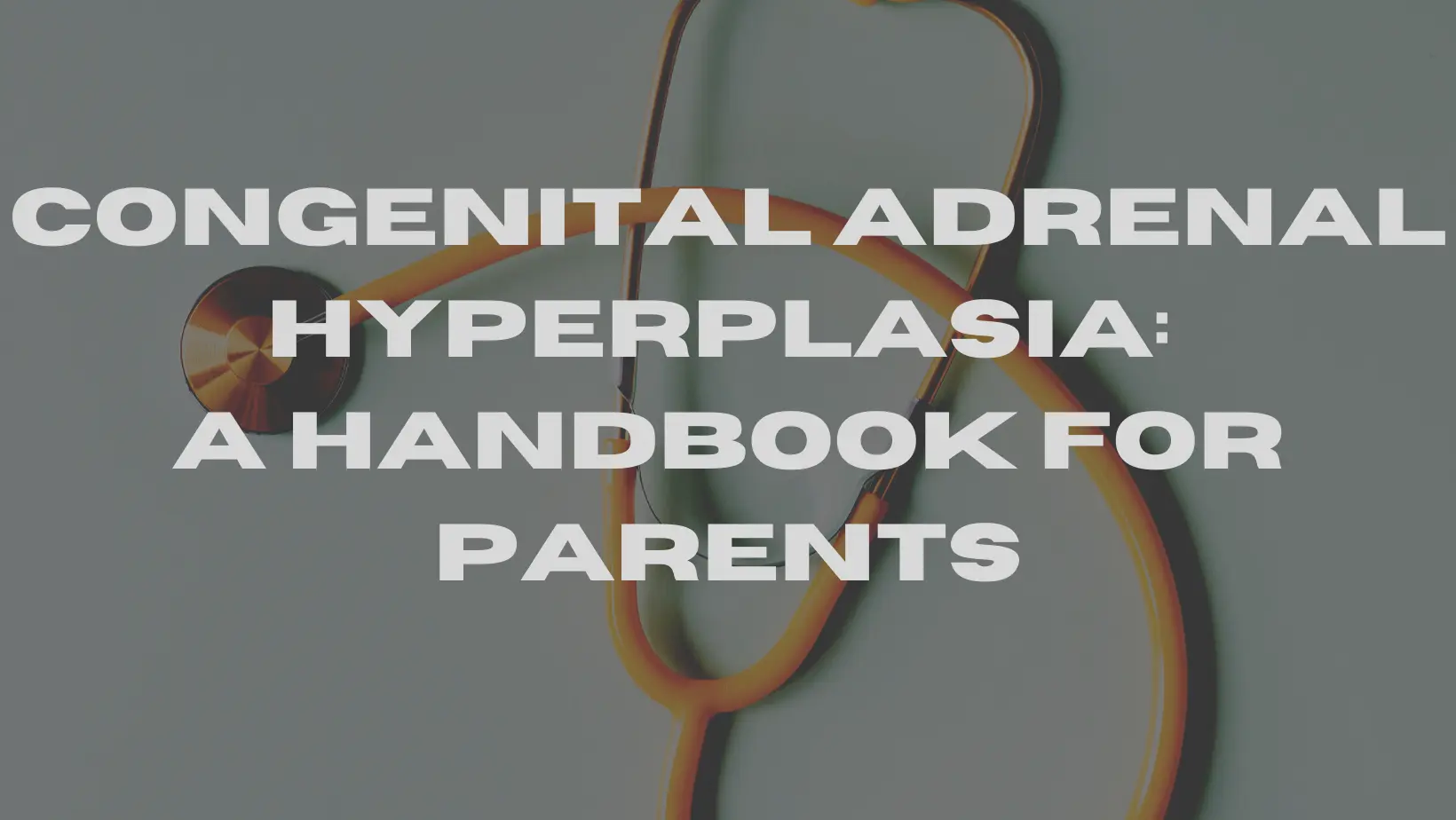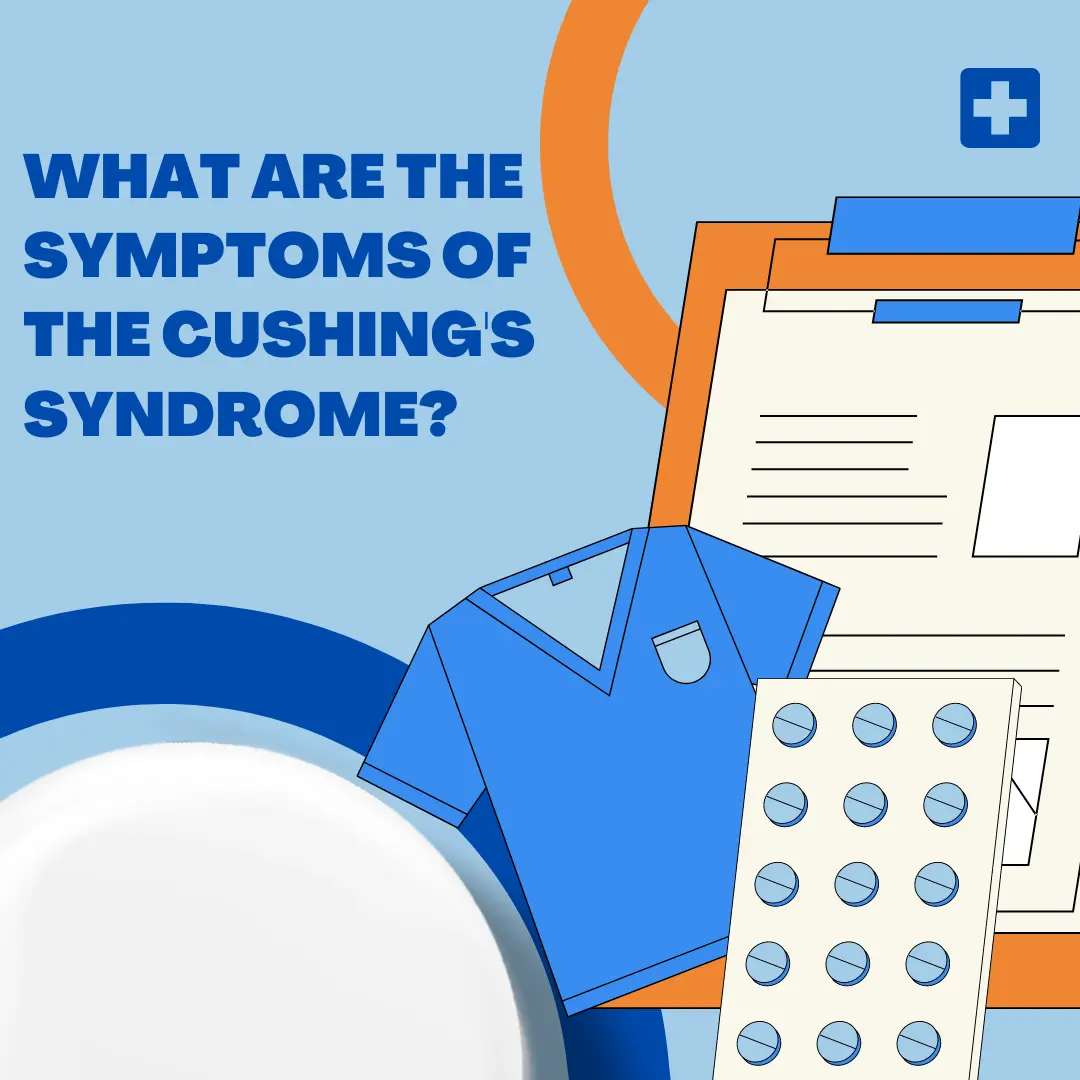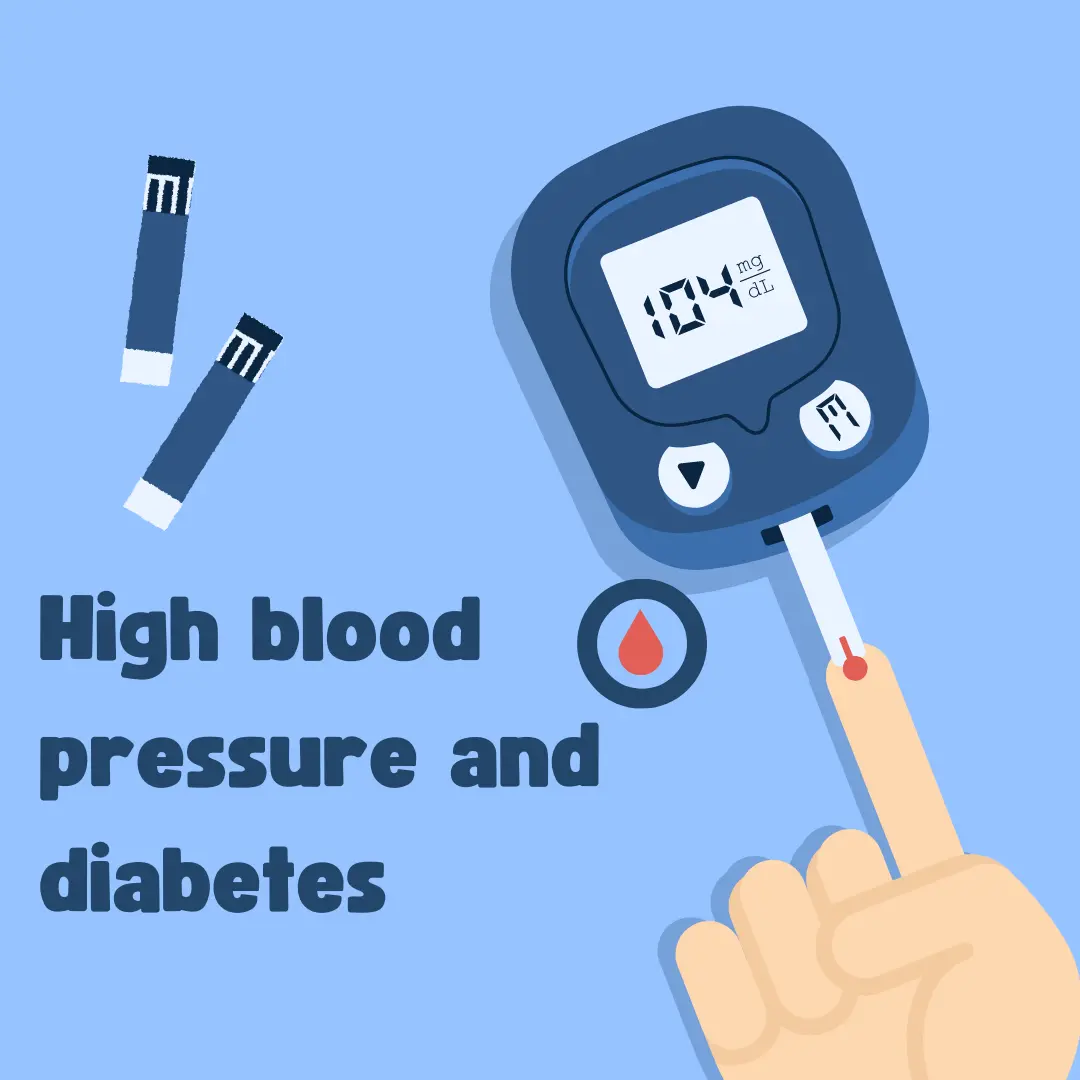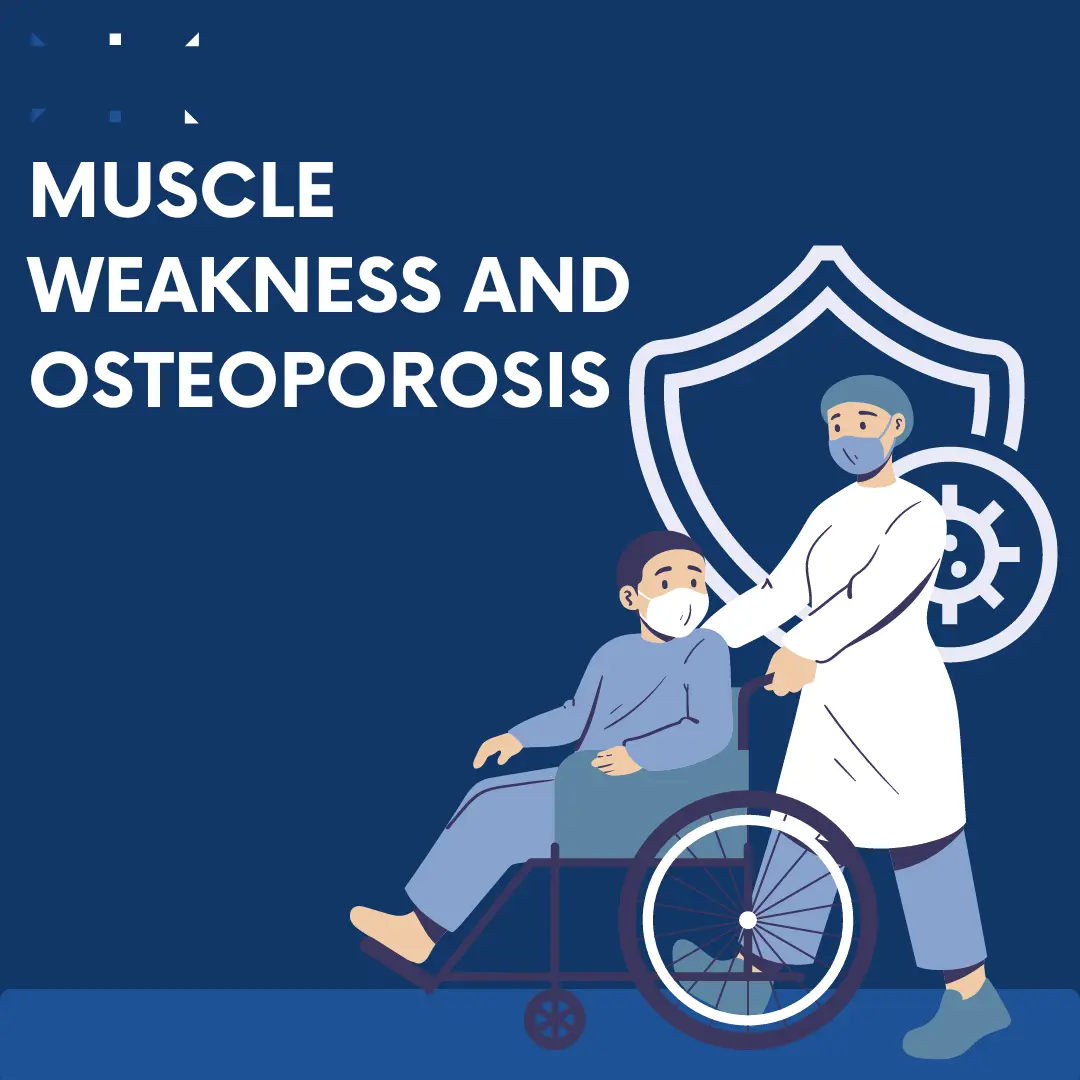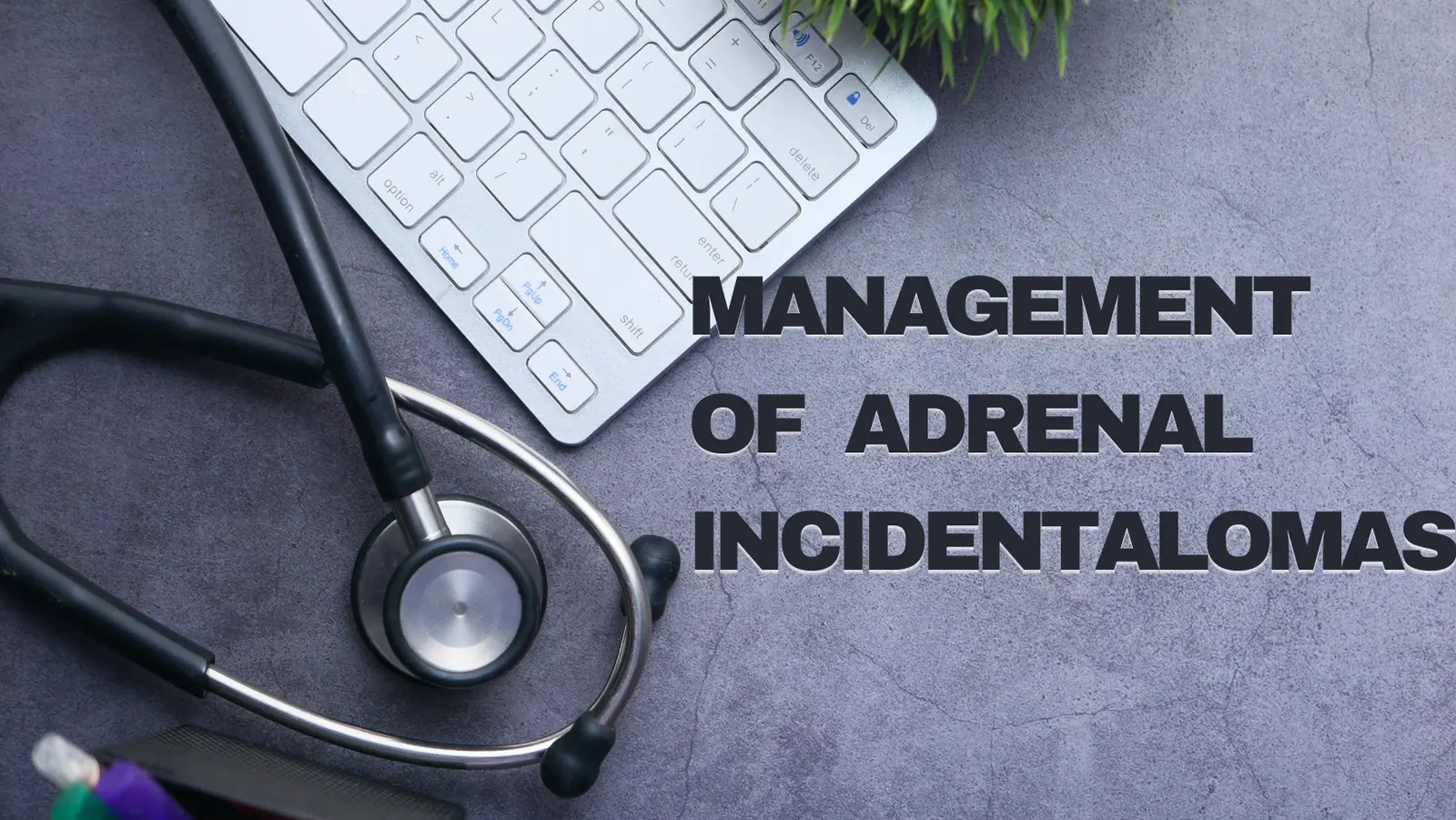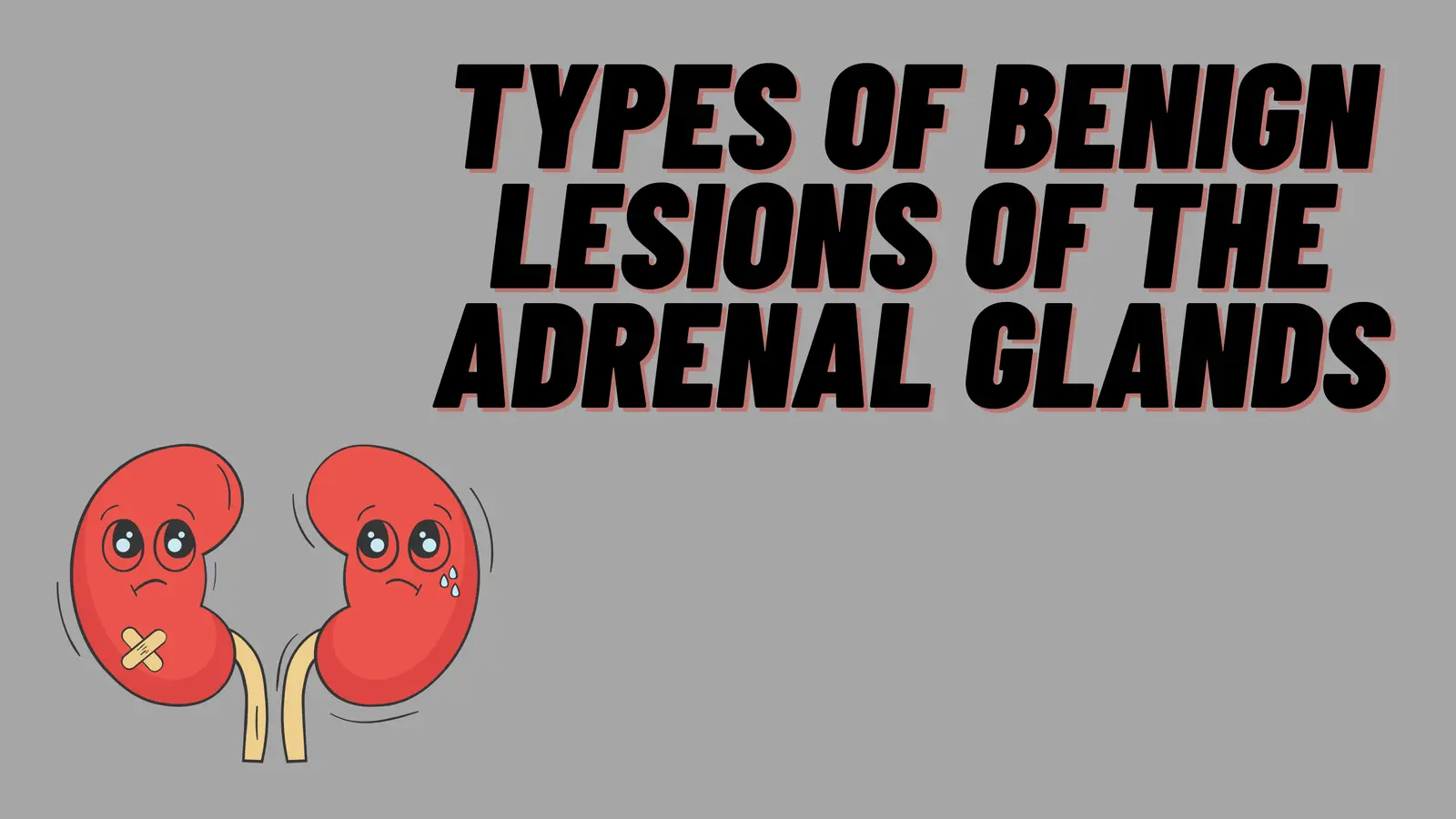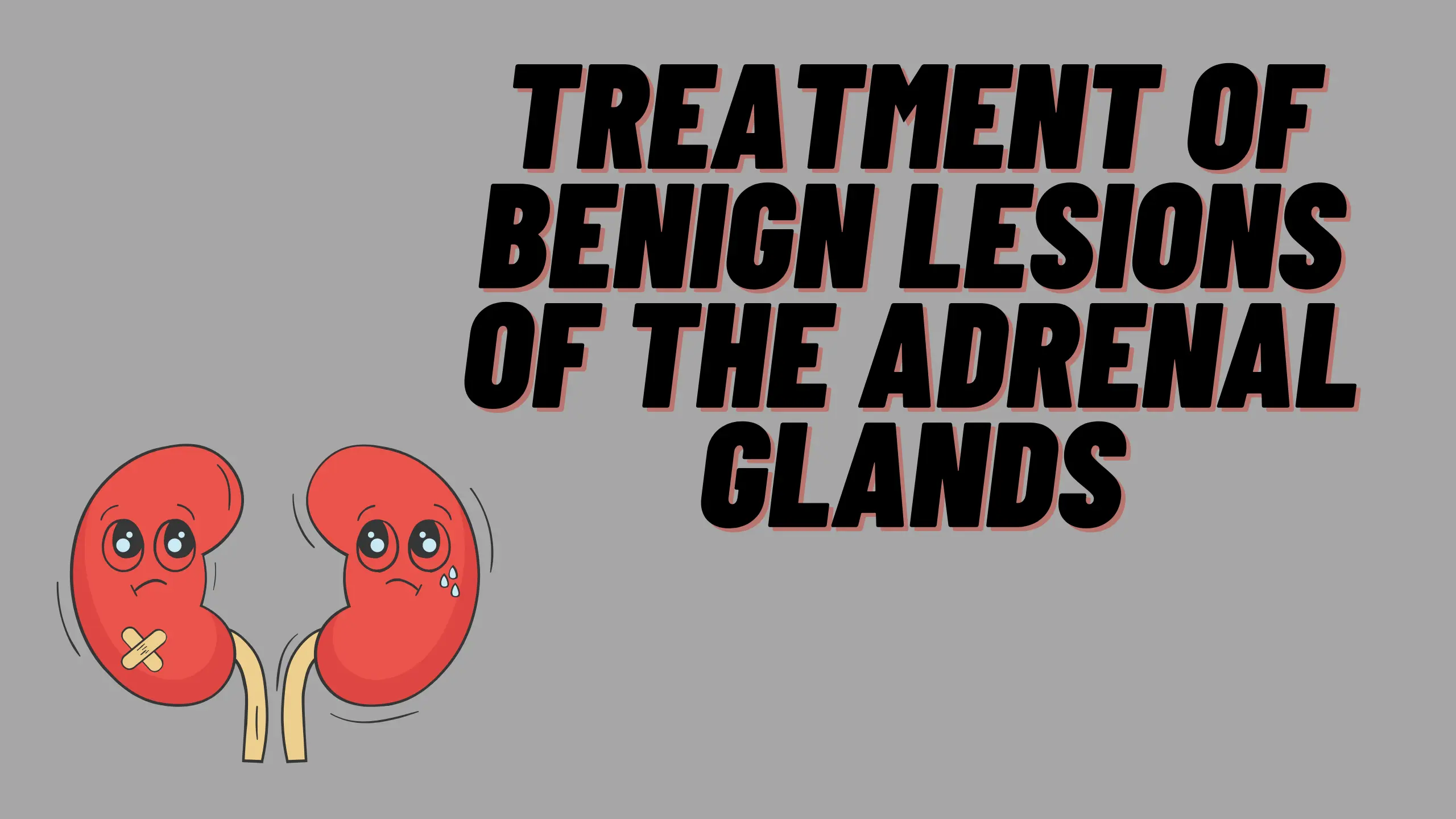Understanding the Role of an Endocrine Center in Your Health
Houston Endocrine Center2023-03-23T20:38:52+00:00The endocrine system is a complicated network of organs and glands that regulates many important bodily functions. It includes the pancreas, pituitary gland, hypothalamus, thyroid gland, ovaries or testes, adrenal glands, and parathyroid glands. The endocrine system’s job is to produce hormones that regulate metabolism and energy balance, cell growth and division (growth hormone), tissue function (insulin), sexual development (testosterone), reproduction (progesterone), and more. Because it relies on a complex network of different parts working together to keep you healthy, it can be hard for healthcare providers to pinpoint exactly what happens when something goes wrong with your endocrine system.
What is the endocrine system?

An endocrine system is a group of glands that produce hormones. Hormones are chemical messengers that carry signals from one body part to another. The endocrine system regulates many bodily functions, including metabolism, growth and development, and reproduction.
The hypothalamus-pituitary-thyroid axis (HPT axis) controls how much thyroid hormone you need to make by releasing thyroid stimulating hormone (TSH). TSH stimulates your thyroid gland to make more thyroxine (T4), which is converted into triiodothyronine (T3). This process affects your metabolism because it helps convert food into energy for use throughout your body. T3 also helps regulate other processes, such as heart rate and body temperature, by interacting with other receptors on cell membranes throughout different tissues throughout our bodies rather than just staying inside their respective organs like many other hormones do when released into circulation.
What does the endocrine system do, and how does it work?
The endocrine system is a network of glands that produce hormones. Hormones are chemical messengers that traverse through the blood to cells in the body, telling them how to respond to various stimuli.
The main functions of each type of endocrine gland are as follows:
- Pituitary gland: Produces several hormones involved in growth and development, including growth hormone and prolactin (which promotes breast milk production). The pituitary also regulates other important functions, such as thirst and hunger.
- Thyroid gland: Produces thyroxine (T4), which helps regulate metabolism by increasing or decreasing your body’s energy use depending on how much you need at any given time; triiodothyronine (T3), another thyroid hormone that helps control how quickly your body uses calories for energy; calcitonin–a hormone produced only by this organ–that increases calcium levels in bone cells so they can better absorb calcium from food eaten during meals; parathyroid glands located next door which control calcium levels within blood plasma outside bones by secreting parathyroid hormone when needed
What are the parts of the endocrine system?
The endocrine system comprises several glands, which secrete hormones into the bloodstream. The hypothalamus, pituitary gland, and pineal gland comprise the “suprarenal” glands (meaning above the kidneys) because they all sit on top of your kidneys. The thyroid gland sits right behind your Adam’s apple; it regulates metabolism by releasing hormones that control how quickly you burn energy and create heat in response to stressors like cold weather or hunger pangs.
The parathyroid glands are four tiny structures near where your collar bones meet at each side of your neck; they produce parathyroid hormone (PTH), which helps keep calcium levels balanced in our bodies, so we don’t develop diseases like osteoporosis later in life when bones become brittle from lack of calcium supply from food sources or supplements taken over long periods without adequate vitamin D consumption during childhood development stages before adulthood onset years where growth spurts normally occur every six months until age 18 years old when growth plate cells start dying off after puberty ends around 23rd birthday depending upon individual genetics factors such as height genes versus weight genes etcetera…
What conditions and disorders affect the endocrine system?
The endocrine system comprises glands that secrete hormones into the bloodstream. These hormones have a wide range of effects on the body, including metabolism, growth and development, sexual function, and reproductive processes.
The following conditions can affect the endocrine system:
- Diabetes mellitus — The pancreas produces insulin to help regulate blood sugar levels; when it doesn’t produce enough insulin or cannot use its supplies effectively enough to meet demand from your cells for energy production (known as insulin resistance), you may develop type 1 diabetes mellitus or type 2 diabetes mellitus (also known as adult-onset). In addition to having high blood sugar levels that can lead to serious health problems such as cardiovascular disease or kidney failure over time if left untreated–it’s important for people who have been diagnosed with either form of diabetes not only to seek out appropriate treatment but also make lifestyle changes such as eating healthier foods while increasing physical activity levels in order reduce their risk factors associated with developing these conditions even further down the line.”
How common are these conditions?
- Diabetes is the seventh leading reason of death in the U.S., affecting over 30 million Americans.
- Thyroid disease affects one in 10 people and is more common in women than men.
- Polycystic ovary syndrome (PCOS) affects 5% to 10% of reproductive-age women, often causing infertility or other problems with hormones and metabolism.
- Adrenal gland diseases affect up to 4% of adults, causing fatigue, weight gain, hair loss, and muscle weakness; most are genetic conditions that a physical exam or blood test can diagnose–but some cases go undiagnosed until they become life-threatening emergencies!
Cancer is the second highest cause of death in America…and endocrine tumors are one type of cancerous tumor (along with breast cancer).
How can I keep my endocrine system healthy?
- Eat a healthy diet, including vegetables and fruits.
- Exercise regularly.
- Get enough sleep every night, preferably eight hours or more per night.
- Avoid stress as much as possible by exercising, meditating, or doing things you enjoy in your spare time (e.g., watching TV).
If you have high blood pressure or cholesterol levels that are not under control with medication from an endocrine center, ask your doctor about controlling these conditions through changes in diet and lifestyle before starting any new medications on their own accord without first consulting with the physician who has been treating them for years at this point!
If you’re dealing with any issue like this, consider seeking help from an endocrine center.
If you’re dealing with any issue like this, consider seeking help from an endocrine center. An endocrine center is a central hub for treating people suffering from hormonal disorders such as diabetes or thyroid disease. The staff at these centers is highly trained in the medical field and can provide you with the best possible care. They also offer diagnostic testing to determine whether or not someone has an imbalance of hormones in their body that may be causing them problems such as fatigue or weight gain.
An endocrinologist is a physician who specializes in treating diseases related to your hormones (such as growth hormone deficiency), metabolism (including diabetes), bone density loss due to osteoporosis), reproductive system (including menopause), and other conditions involving internal organs such as kidneys or adrenal glands.
Conclusion
We hope this article has assisted you in understanding the role of an endocrine center in your health. If you’re dealing with any issue like this, consider seeking help from an endocrine center.

